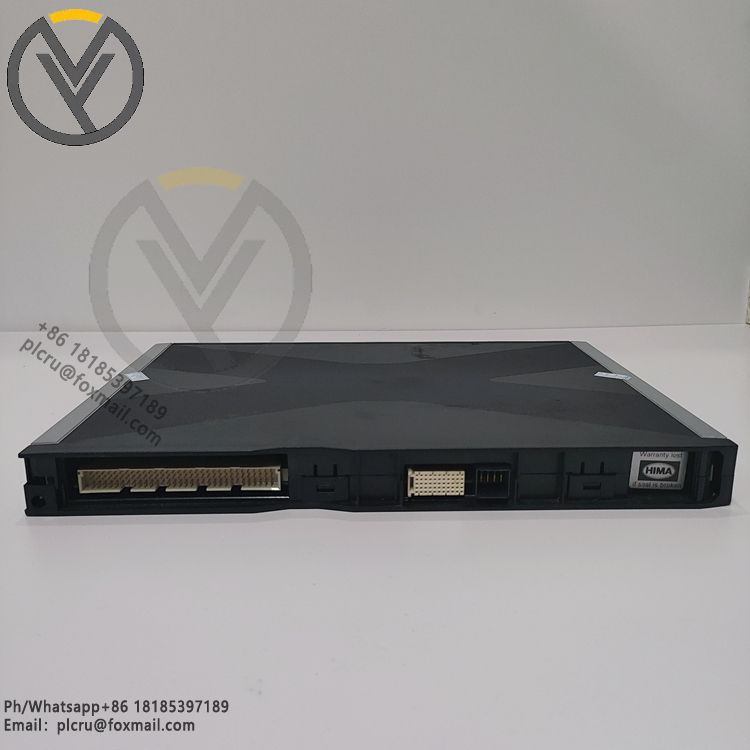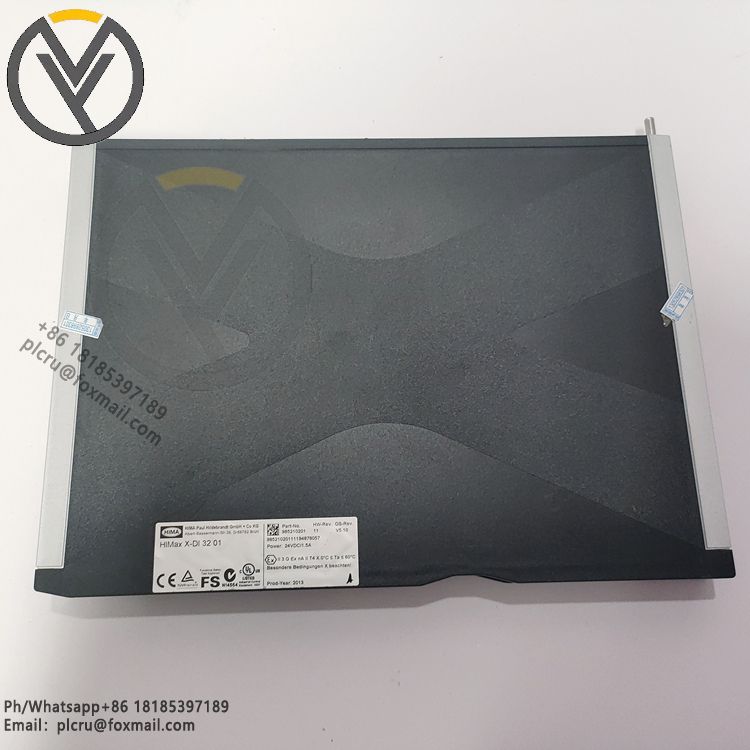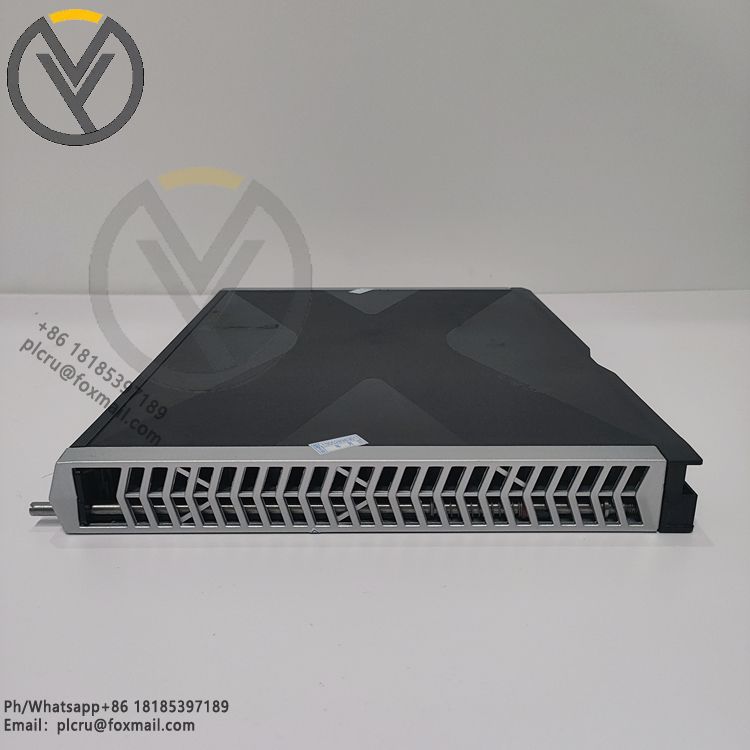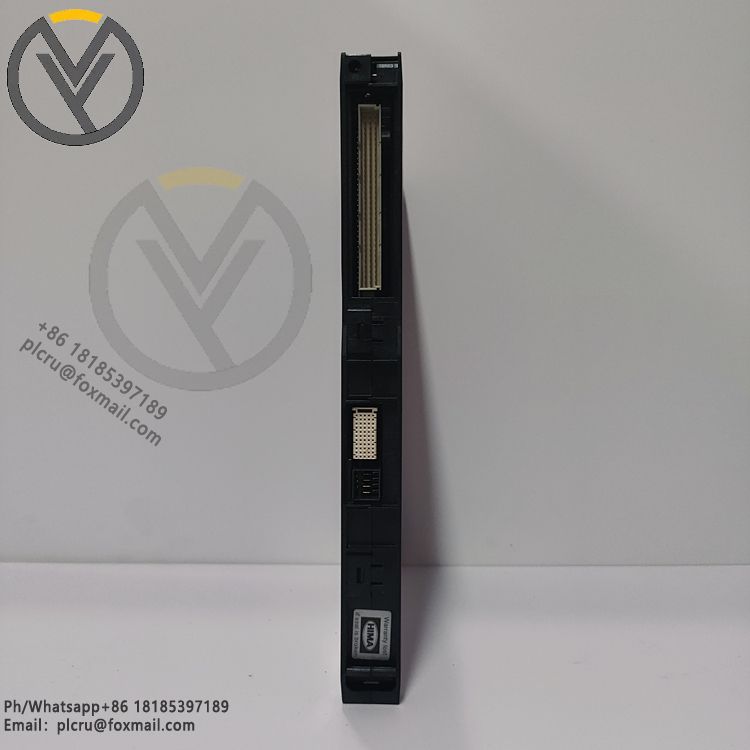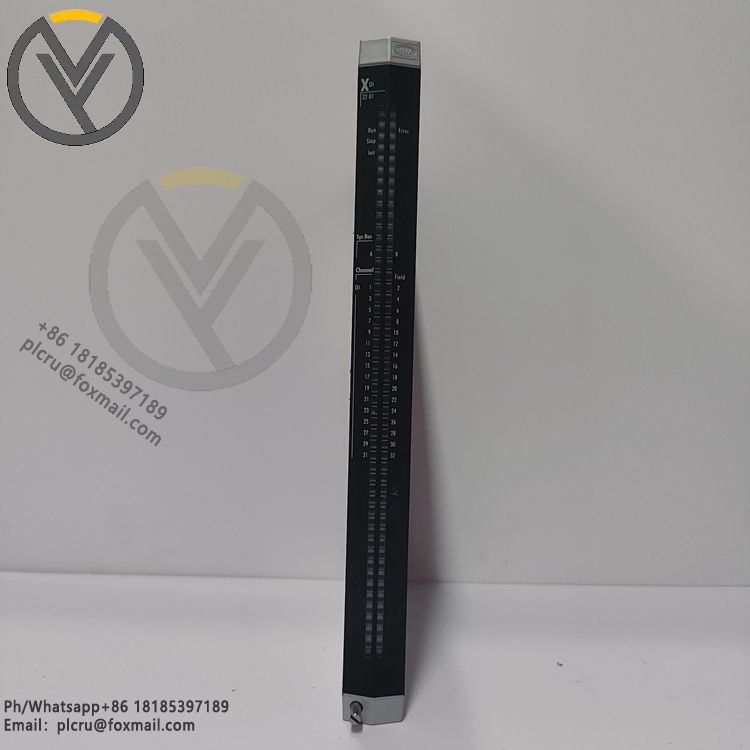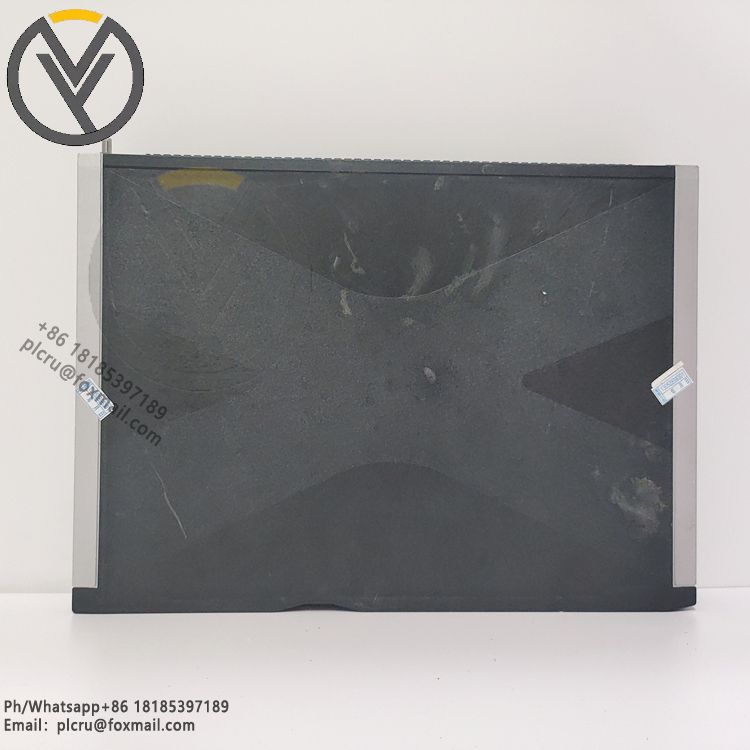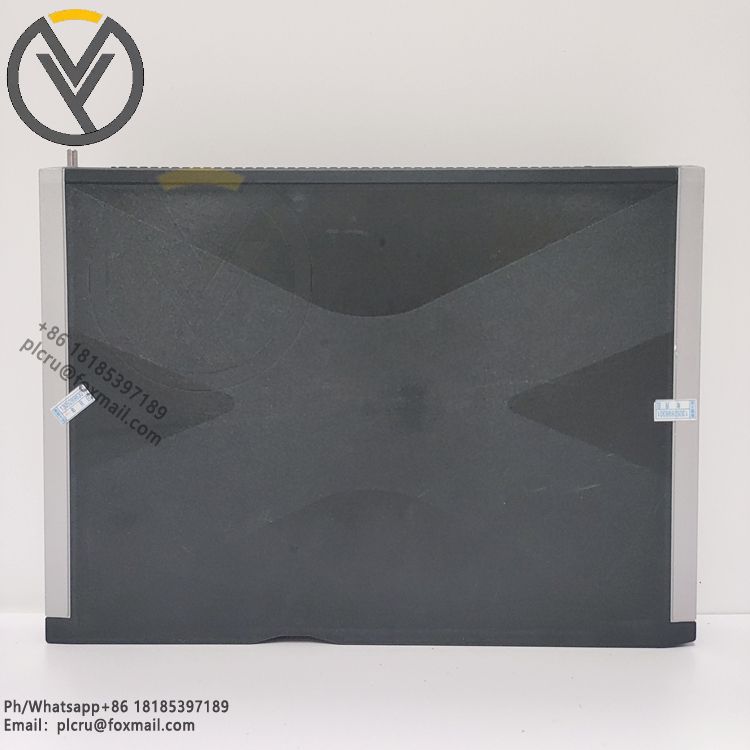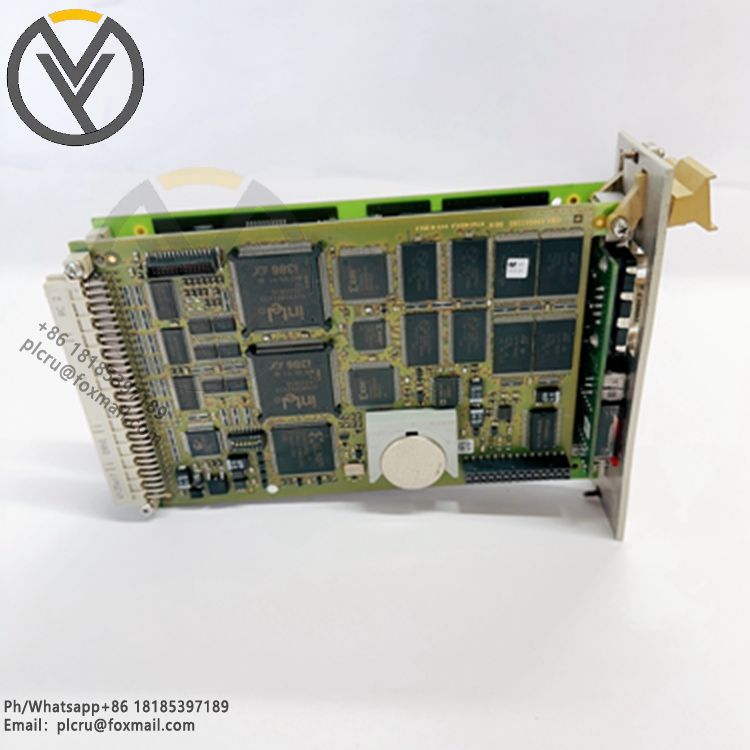The X-DI3201 (order code 985210201) is a digital input module manufactured by HIMA, not a communication module. The following is a detailed introduction:
Basic Information:
Part Number: X-DI3201.
Order Code: 985210201.
Brand/Manufacturer: HIMA.
Type: Digital Input Module.
Number of Channels: 32.
Operating Voltage: 24VDC.
Safety Integrity Level: SIL3.
Performance Level: PL e.
Features:
High Reliability: Utilizing high-quality electronic components and reliable manufacturing processes, it operates stably and reliably in harsh environments.
Multiple Interface Support: Supports a variety of digital input interface types, such as DI and DO, allowing users to easily select and configure them based on their needs.
Easy Configuration and Use: Provides an easy-to-use user interface and configuration tools for convenient parameter setting and operational control.
Strong Compatibility: Seamlessly integrates with a variety of industrial automation equipment and systems, enabling efficient and reliable data acquisition and control. High Security: Encryption and other security measures are employed to ensure secure data transmission and storage.
Functions:
Real-time Monitoring: Ability to monitor input channel status changes in real time, including switch status changes and alarm signal triggering, helping users stay informed of device operating status.
Fault Detection: Typically includes fault detection capabilities to detect interruptions, short circuits, and other faults in input signal lines, ensuring the system can promptly detect and handle abnormal situations.
Applications:
Transportation: Can be used in intelligent transportation systems to monitor the switch status of traffic lights, guardrails, and other traffic equipment, optimizing traffic management and improving road safety.
Infrastructure Monitoring: Used to monitor switch and sensor signals in infrastructure such as bridges, tunnels, and dams to prevent accidents.
Industrial Automation: Widely used in various industrial control systems, collecting field digital signals, implementing safe logic control, and preventing accidents.
